According to Dr. Tran Nhat Minh - musculoskeletal specialist at BIC NANO CELL Clinic - the top priority is to improve and enhance the quality of life for people with joint diseases, through sharing knowledge about the disease with the community.
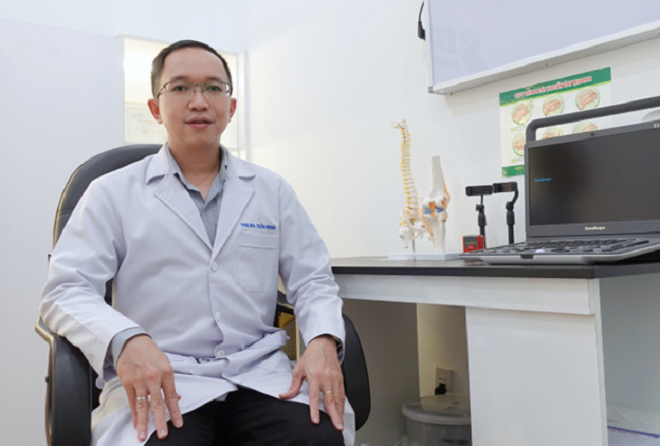
Master Doctor Tran Nhat Minh (Doctor Tran Minh) is a musculoskeletal specialist at BIC NANO CELL Clinic.
How does osteoarthritis occur?
Osteoarthritis is the most common disease in bone and joint diseases in general, the disease can occur in every country, every race, every age, and every social class.
According to statistics, up to 80% of people with osteoarthritis have limited mobility, 20% cannot move in daily activities. Therefore, osteoarthritis treatment methods need to prioritize improving the quality of life of patients such as walking, standing, and personal activities.
Osteoarthritis is a chronic bone and joint disease characterized by damage to cartilage, subchondral bone and reduced quality of synovial fluid. When degeneration occurs, the subchondral cartilage is worn away, roughened, and even worse, the subchondral bone ends can be exposed. The subchondral bone also changes structure, leading to inflammatory reactions, causing symptoms such as pain and swelling.
In addition to the natural causes of aging, today degenerative joint diseases are recorded with many different causes such as: continuous high-intensity movement, nature of work, side effects of drugs, excess leg obesity, congenital malformations...
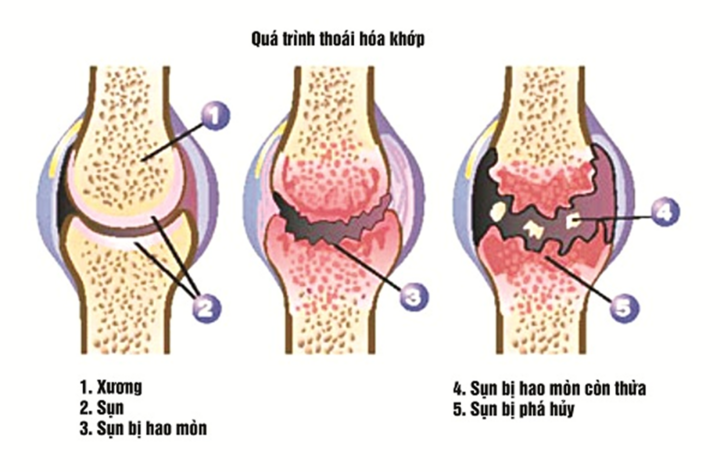
Signs of osteoarthritis?
According to Dr. Tran Minh, the signs of osteoarthritis are often diverse but have certain characteristics such as:
The earliest symptom of the disease is pain when moving. At first, the pain only occurs when the joint is moving, and stops when resting. Later, the pain may become dull and continuous, and becomes more prominent when moving.
If the hip joint degenerates, the patient has pain in the groin, the front and inner thighs, and possibly the buttocks, spreading down to the back of the thighs. The patient limps, has difficulty spreading the hip, and has difficulty bending the thighs to the abdomen.
If the knee joint degenerates, the patient will have a lot of pain when walking, difficulty standing up and sitting down, especially when going up and down stairs or standing up from squatting. Sometimes the pain is so severe that the patient suddenly collapses; the movements of bending and straightening the legs are limited, difficulty standing up and sitting down, and creaking sounds can be heard when moving the joint.
If the lumbar spine degenerates, the patient has a dull pain in the lumbar region and the pain often increases in the afternoon after a day of standing or heavy labor, and the pain decreases when lying down. When in pain, the patient has difficulty bending, leaning, leaning or turning. After the pain symptom comes a state of limited mobility.
If you have shoulder arthritis, it will limit your ability to move your arm forward, backward, spread, close, and you will not be able to do some simple movements such as scratching your back, combing your hair...
In addition to the two main symptoms of pain and limited mobility, the patient may experience muscle atrophy, especially in the limbs.
What to do when there are signs of osteoarthritis?
Early detection and diagnosis of bone and joint diseases is very important, contributing to improving treatment effectiveness, reducing the possibility of aggravation, saving time and costs, and most of all, helping to improve the quality of life of patients.
To effectively treat bone and joint diseases in general, patients need to visit reputable medical facilities. Here, patients will be examined by musculoskeletal specialists and prescribed the right medication for the disease.
People should not arbitrarily buy herbal medicines advertised online because of the risk of corticoid abuse with unpredictable consequences.
Source




![[Photo] Students of Binh Minh Primary School enjoy the full moon festival, receiving the joys of childhood](https://vphoto.vietnam.vn/thumb/1200x675/vietnam/resource/IMAGE/2025/10/3/8cf8abef22fe4471be400a818912cb85)

![[Photo] Prime Minister Pham Minh Chinh chairs meeting to deploy overcoming consequences of storm No. 10](https://vphoto.vietnam.vn/thumb/1200x675/vietnam/resource/IMAGE/2025/10/3/544f420dcc844463898fcbef46247d16)

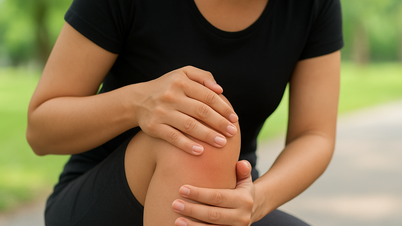

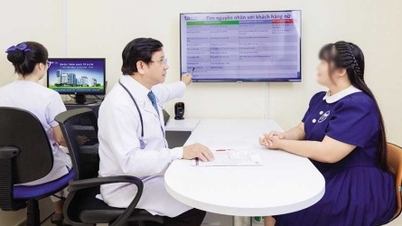

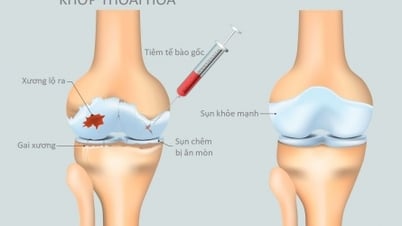


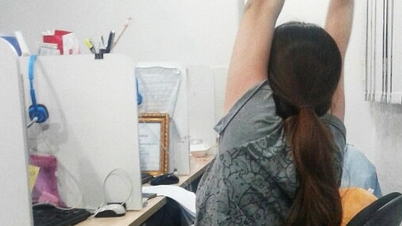
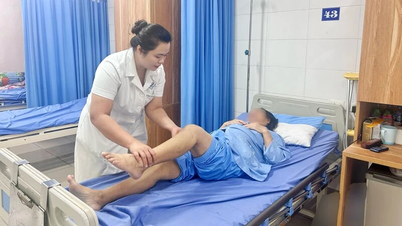



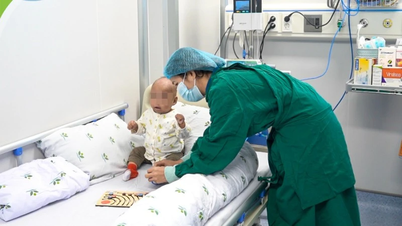
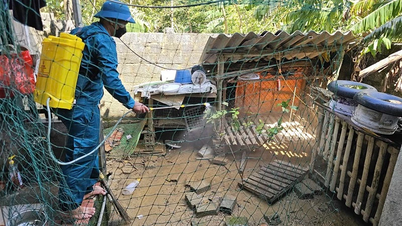
















































































Comment (0)